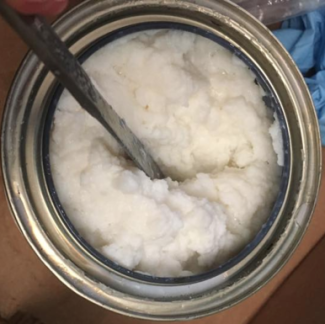Don Smith Paint - Carlinville
Don Smith Paint - Carlinville
300 West Main Street
Suite B
Carlinville, IL 62626
United States

Don Smith Paint - Carlinville
300 West Main Street
Suite B
Carlinville, IL 62626
United States
We all know that steam spots can come as the result of hosting holiday celebrations! But how does GF recommend dealing with the mark?
The word "latex" is often a misnomer and is used everywhere to differentiate a water-based product from an oil-based product. The same as the word “Kleenex” is used to describe any type of facial tissue, regardless of the brand.
Today, "latex" is the technical term for a suspension (U.S.) or emulsion (European) of microparticles in water.
Don Smith Paint - Springfield
1724 South MacArthur Boulevard
Springfield, IL 62704
United States
A primer is your best defense under light-colored paint.
Another technique to avoid the slight color change that sometimes occurs when applying topcoat is to add 10-15% of the paint you are using to your topcoat. This technique layers additional coats of color over your piece as well as providing the protection of a topcoat. If you don't like measuring, just add enough paint until you can see a bit of the hue in the topcoat. This method works with a brush or a spray gun.
To maintain the full-strength protection of the topcoat, DO NOT TINT YOUR FINAL COAT of topcoat.
Don Smith Paint - Bloomington
1208 Towanda Avenue
Bloomington, IL 61761
United States
Orange Oil is General Finishes' most popular natural furniture care product. It is non-combustible with a fresh orange scent. Use as a cleaner, for antique restoration or as a lubricant when buffing topcoats.

Usually not but not all water based products respond the same way to a freeze. Most stains will be fine because freezing doesn't affect color. Some of the dyes will coagulate.
General Finishes is proud and honored to be featured in the August 2015 issue of Woodworker's Journal. Michael Dresdner, a nationally known finishing expert, highlights the advantagous of GF water based products in his article (below